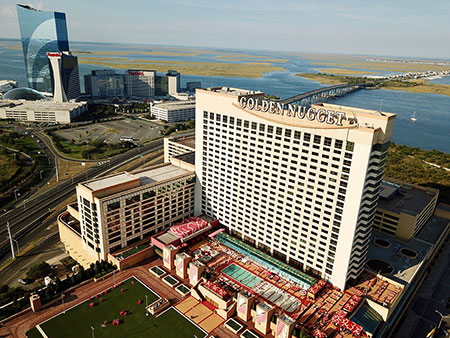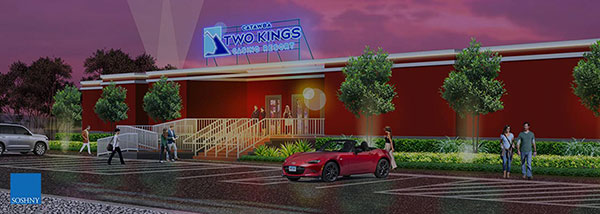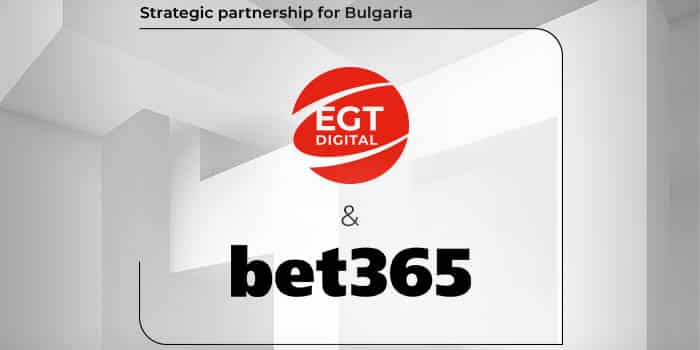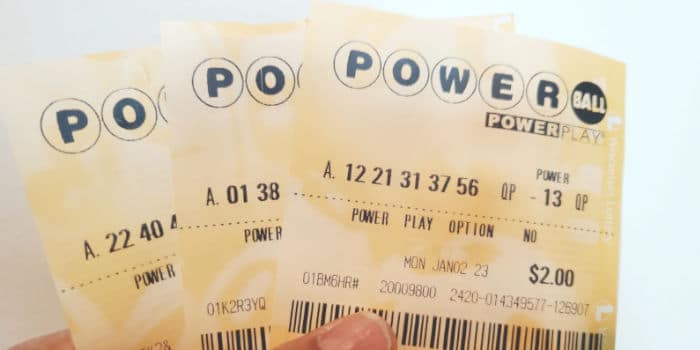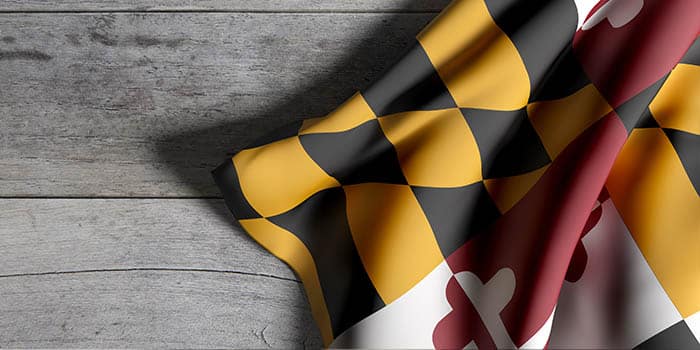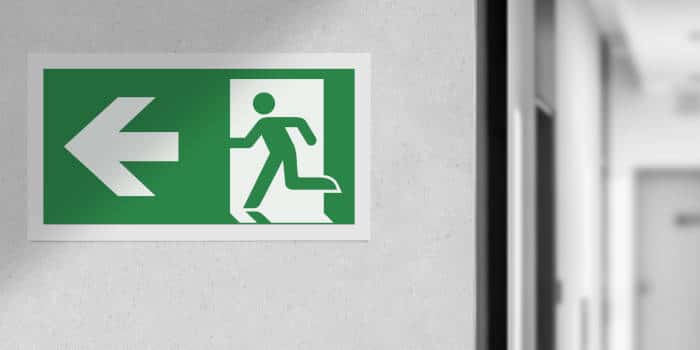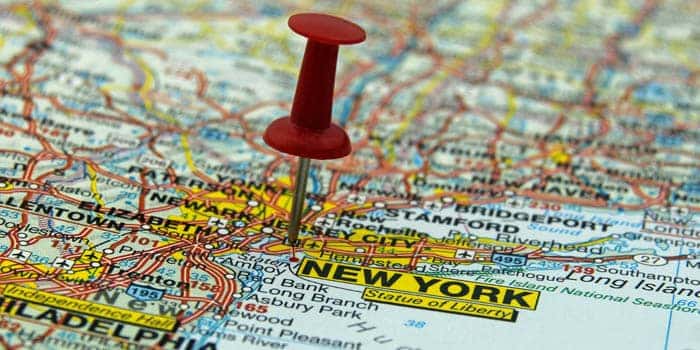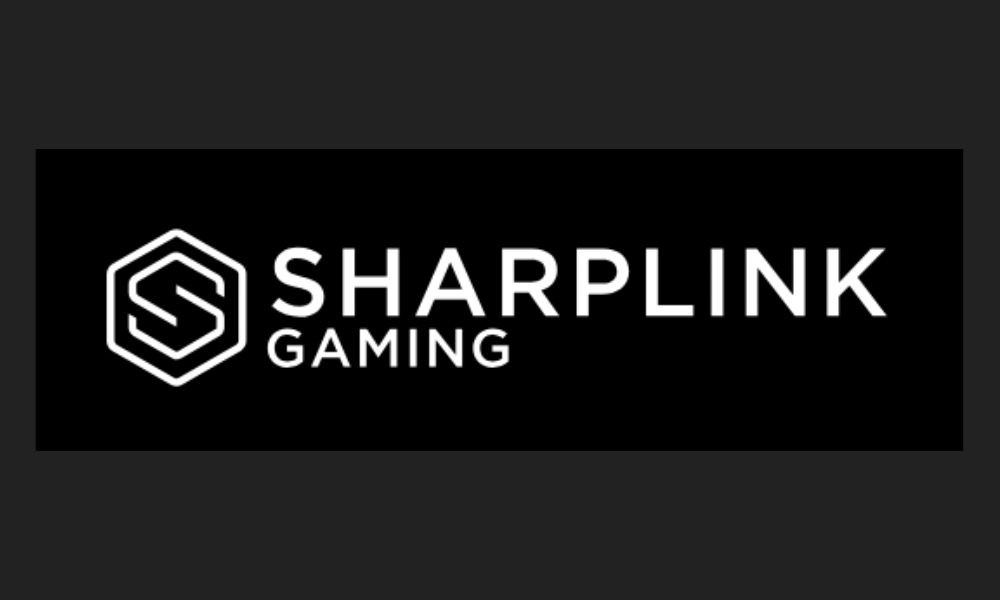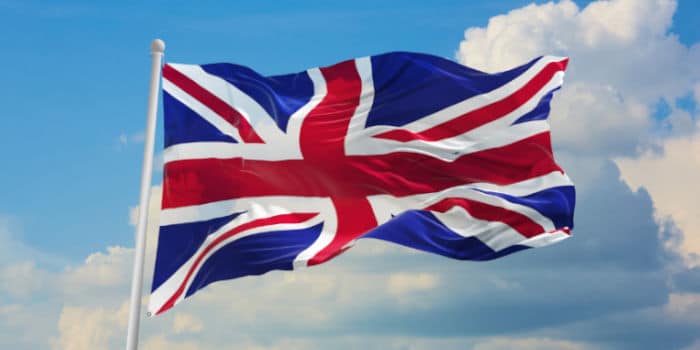pgslot99 เว็บสล็อตพีจีคุณภาพดีที่สุด ได้รับการยอมรับจากทั่วโลก
พรีเซนเทชั่น เกม สล็อต ที่คัดสรรมาอย่างดี ซึ่งจะทำให้ผู้เล่นเพลิน อย่างแน่นอน
ผู้เล่นสามารถ เล่นเกมสล็อตคลาสสิก ได้หลากหลาย ดังเช่น Cleopatra รวมทั้ง Book of Ra รวมทั้ง สล็อต 3D ล่าสุด และ ยิ่งใหญ่ที่สุด
นอกเหนือจากนี้ยังมีโปรเกรสซีฟแจ็คพอต แล้วก็ ทัวร์นาเมนต์รายวัน ทำให้ไซต์นี้น่าเร้าใจ สำหรับทั้ง ผู้เล่นมือใหม่ แล้วก็ ผู้เล่นที่มีประสบการณ์ นอกเหนือจากนี้ pgslot99 ยังมีระบบการชำระเงิน ที่ปลอดภัย
รวมทั้ง ทีมส่งเสริมลูกค้า ที่พร้อมให้บริการ ทุกวันตลอด 24 ชั่วโมง เพื่อช่วยเหลือทุกข้อสงสัย
นำเสนอคุณสมบัติ และก็ เกมที่หลากหลาย สำหรับทั้งผู้เล่น ที่มีประสบการณ์ และ มือใหม่
มีให้บริการในหลายภาษา ทำให้ผู้เล่นเกมจากทั่วทุกมุมโลก สามารถเข้าถึงได้ ผู้เล่นสามารถเพลิดเพลิน กับสล็อตธีมทวีปเอเชีย อีกทั้งแบบดั้งเดิม รวมทั้ง แบบใหม่ ที่มีให้เลือกมากมาย ทั้งหมดนี้มากับกราฟิกคุณภาพสูง แอนิเมชันไดนามิก และ เอฟเฟกต์เสียง ที่สมจริง
เว็บไซต์ยังมีโบนัส และ โปรโมชั่นมากมาย รวมทั้งรางวัลเงินคืน และก็ การหมุนฟรี เพื่อให้แน่ใจว่าผู้เล่น จะได้รับประสบการณ์ การเล่นเกม ที่ดีที่สุด เท่าที่จะเป็นไปได้ ด้วยตัวเลือกการจ่ายเงิน ที่ปลอดภัย และก็ การบริการลูกค้า ตลอด 24 ชั่วโมง ทุกวัน pgslot99 ก็เลยเป็นปลายทางชั้นแนวหน้า สำหรับ เกมสล็อต ออนไลน์
pgslot99
เป็นตัวเลือก ที่สมบูรณ์แบบ สำหรับผู้เล่น ที่กำลังมองหาสภาพแวดล้อม ที่ปลอดภัย ในการเล่นสล็อต PG เว็บไซต์ มีรูปแบบเกม ที่หลากหลาย เป็นต้นว่า สล็อตคลาสสิก สล็อต 3 วงล้อ สล็อต 5 วงล้อ แล้วก็ สล็อตโปรเกรสซีฟ นอกจากนั้น เว็บไซต์ยังคงใช้งาน ได้กับทุกอุปกรณ์ อีกทั้งมือถือ แท็บเล็ต และก็ เดสก์ท็อป เกมที่หลากหลาย นำเสนอโดย pgslot99 ทำให้เป็นตัวเลือก ที่ยอดเยี่ยม สำหรับทั้งผู้เล่น ที่มีประสบการณ์ และ มือใหม่
รวมทั้ง ด้วยการบริการลูกค้า ที่น่าประทับใจ ผู้เล่นสามารถขอความช่วยเหลือ ได้อย่างง่ายดาย ถ้าเจอปัญหา หรือปัญหาอะไรก็ตาม นอกเหนือจากนี้ pgslot99 ยังมีโปรโมชั่น แล้วก็ โบนัสมากมาย เพื่อช่วยให้พวกคุณ ได้รับความมีชัยสูงสุด
ด้วยเกมที่มีให้เลือกมากมาย การบริการลูกค้าที่เยี่ยมที่สุด แล้วก็ โบนัสมากมาย pgslot99 นั้นแน่นอน เสนอตัวเลือกการเล่นเกม ที่หลากหลาย แก่ลูกค้า โดยมีเกมสล็อตมากกว่า 1,000 เกมให้ผู้เล่นเลือกเล่น เกมมีคุณภาพสูง แล้วก็ ใช้เทคโนโลยีล้ำสมัย เพื่อมอบประสบการณ์ ที่ไม่เหมือนใคร
เว้นแต่สล็อตแล้ว เว็บไซต์ยังมีเกมคาสิโนอื่น ๆ ให้เลือกมากมาย ยกตัวอย่างเช่น บาคาร่า แบล็คแจ็ค และ รูเล็ต รวมทั้ง ฟีเจอร์ดีลเลอร์สด ด้วยแนวทางการชำระเงิน ที่ปลอดภัย ลูกค้าสามารถมั่นใจได้ว่า การฝาก และก็ ถอนเงิน ของพวกคุณนั้น ปลอดภัย นอกจากนี้ pgslot99 ยังเสนอโบนัส และ โปรโมชั่นให้กับลูกค้า ทำให้เป็นตัวเลือกที่ดีเลิศ สำหรับผู้ที่ต้องการ รับประสบการณ์ การเล่นเกมใ ห้ได้มากที่สุด
ที่ สล็อต pgslot99 มีการใช้มาตรการความปลอดภัย ที่มีคุณภาพสูงสุด
เพื่อแน่ใจว่า ผู้เล่นทุกคน จะได้รับประสบการณ์ ที่ปลอดภัย รวมทั้ง สนุกสนาน เว็บไซต์ได้รับการตรวจดูอย่างเป็นประจำ เพื่อหากิจกรรมที่น่าสงสัย รวมทั้ง ปฏิบัติตามข้อบังคับการพนัน ระหว่างประเทศอย่างเข้มงวด ผู้เล่นสามารถวางใจได้ ว่าธุรกรรม รวมทั้ง ข้อมูลส่วนตัว ของพวกคุณ จะปลอดภัย
นอกจากนี้ pgslot99 ยังมีเกมที่สนุก และก็ น่าเร้าใจมากมาย โดยมีชื่อใหม่เพิ่มเข้ามาทุกวัน นอกเหนือจากนี้ยังมีการเสนอโปรโมชั่น แล้วก็ โบนัสบ่อยๆ เพื่อให้ผู้เล่นเพลิดเพลิน รวมทั้ง มีส่วนร่วม ทำให้เป็นจุดหมายปลายทาง ที่เหมาะสำหรับผู้ที่กำลังมองหา ความบันเทิงสล็อต ที่เยี่ยมที่สุด
Pgslot99 มอบประสบการณ์ การเล่นเกมที่แปลกใหม่ ให้กับลูกค้าทุกคน มีเกมสล็อต PG ให้เลือกมากมาย รวมถึง โบนัส แล้วก็ โปรโมชั่นมากมาย เพื่อผู้เล่นกลับมาเล่นซ้ำอีก นอกจากนั้น เว็บไซต์ ยังได้รับการรักษาความปลอดภัย ด้วยเทคโนโลยี การเข้ารหัสระดับไฮเอนด์ และ ใช้ระบบการจ่ายเงินที่ปลอดภัย ทำให้มั่นใจได้ว่า ข้อมูลเฉพาะบุคคล และ ธุรกรรมทั้งหมด จะถูกเก็บไว้อย่างปลอดภัย
นอกจากนี้ยังมีทีมสนับสนุนลูกค้า ที่พร้อมให้บริการทุกวัน ตลอด 24 ชั่วโมง เพื่อตอบคำถาม หรือข้อกังวลใดๆก็ตาม ที่คุณอาจมี เมื่อรวมคุณสมบัติพวกนี้เข้าด้วยกัน pgslot99 ได้สร้างตัวเอง ให้เป็นหนึ่งในเว็บไซต์ สล็อต PG ชั้นหนึ่งของโลก









